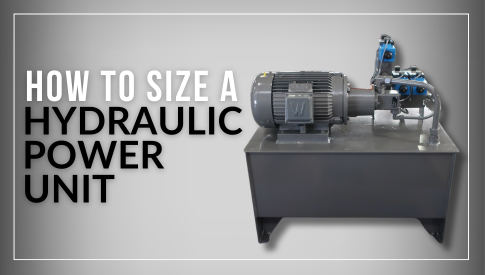One of the most important criteria when performing calculations for sizing of automated and manually-operated valves is considering the valve’s MAST value. The MAST value is the Maximum Allowable Stem Torque, defined as the greatest torque to which a valve stem can be subjected to during operation without mechanical failure.
Historically, its relevance was somewhat reduced in the valve and actuation industry, especially when it came to actuator sizing. Even today, you may be hard-pressed to find it included in sizing procedures in any manufacturer’s standard catalogue since this information is usually considered proprietary to design. However, as assets age and failure history is established, this value’s importance and demand for accuracy have adopted a more influential role in actuator sizing today.
Failure to identify, select, and size inclusive of the MAST value usually results in a partial or full shearing of the valve stem causing anything from valve leakage to complete loss of control. In some cases, it is not necessarily shearing that occurs but rather deflection during operation. The cause of this deflection originates from the selected stem material being too soft to withstand the applied forces to the disc, ball, or plug. Unfortunately, this discrepancy yields a chronological accelerated wear of the sealing surfaces which ultimately gives way to premature leakage and accelerated valve failure. The valve, and its level of importance in the application, determine the severity of the failure’s outcome. It is important to understand that there is currently no regulation by API (American Petroleum Institute) that requires manufacturers to publish their MAST values or “raw” torque values, despite mutual agreement throughout the industry by valve experts and engineers that such information is essential to actuator sizing and lifetime valve performance.
“Raw” torque values refer to the valve torques that have not been inflated by a manufacturer’s internal safety factor (which is usually added to account for manufacturing tolerances). In most cases this all boils down to the repeatability of each manufacturer’s manufacturing process and various checkpoints for quality control. Most manufacturers have very predictable manufacturing tolerances; however, they elect to omit the safety factor from published torque data. This exclusion is the primary reason why MAST values are exceeded. Excessive torque at the stem when sizing actuators will create a need to consider changing stem material. Specifying a higher yield stem material will prevent deflection or in the worst-case complete valve failure due to sheering. There are many different factors that can affect stem material selection and design in valves. Whether butterfly valves, ball valves, or plug valves, the customer or EPC provides the application conditions and, in turn, the valve manufacturer or automation supplier recommends a product that meets the provided conditions. Factors that may affect stem material selection are pressure class, process media, environmental factors, and client classification requirements.
Since valve manufacturers and distributors usually stock only the most popular valves to reduce inventory costs and maintain a high level of turnover, valves with uncommon body, disc, and stem materials are typically only produced on a machine-to-order basis. Therefore, delivery of these products can range anywhere from 26-48 weeks with cost variances of four to five times the average. If the manufacturer does not state the provided values are raw, it is imperative for one to seek clarification for this added multiplier. In short, ask questions! Ensuring that this base torque value for the valve excludes a safety factor is of the utmost importance for the following reasons: 1) preventing a multiplication of safety factors and oversizing of the actuator and 2) forcing an unnecessary upgrade to the stem and disc material.
Some of the most common stem materials are listed below in increasing order in terms of MAST as well as cost impact:
- 316/316L SS
- 17-4 PH SS
- Monel K-500
- Inconel 718
It is crucial to consider safety factors from both the client-driven requirements and the built-in margin from the manufacturer. In doing so there will be instances where combinations of the above must be utilized. Even when MAST values have been identified, failure to confirm the manufacturer’s published numbers can drive up costs and lead times exponentially due to misinterpreted data. Correctly interpreting manufacturer’s data, identifying red flags, partnering with experienced automation groups, and having strong relationships with valve suppliers are all keys to ensuring that an automated valve assembly’s configuration is mechanically correct and cost-effective.
For more information or if you need assistance with valve automation contact:
Supreme Integrated Technologies
Houston: 281 822 5000
Website: www.supremeintegratedtechnology.com
Blog Authors: Chris Sarro & Jacob Shoesmith
10.2019




